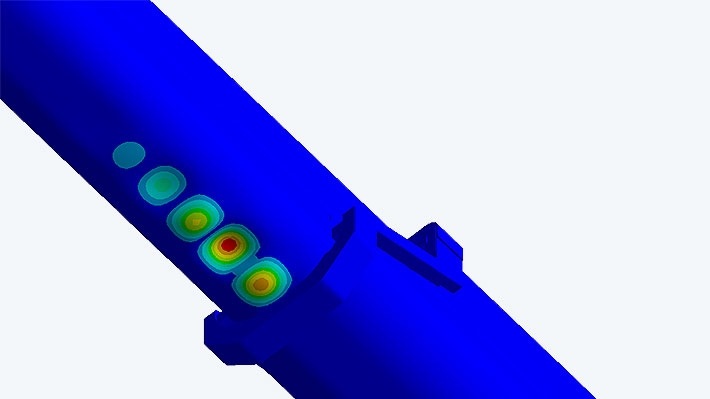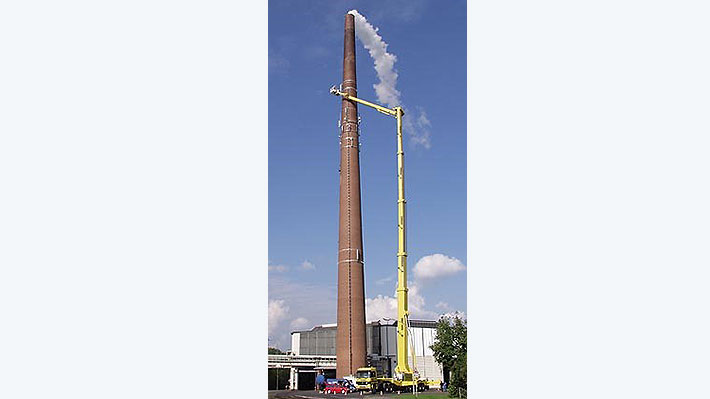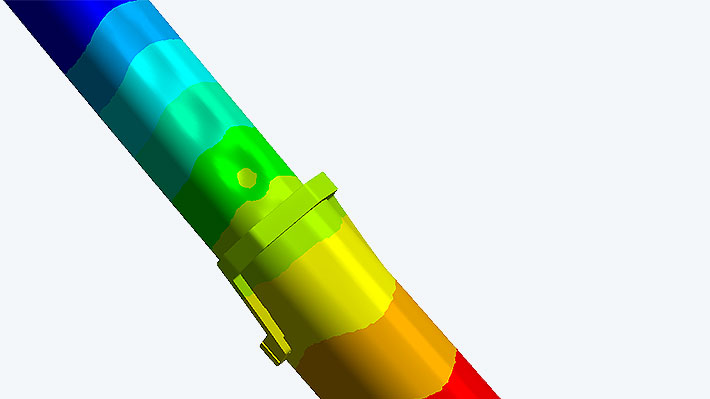
Buckling and load analysis with ANSYS
Sector: Automotive (motor vehicles/trucks)Specialist field: Structural mechanicsDetermination of the buckling behavior and the loads of a telescopic boom of an aerial work platform
Summary
Task
The profile cross-sections of aerial work platforms usually represent a combination of box and round profiles with variable wall thicknesses. Due to the dimensions and the loads, buckling behavior plays an essential role in the load capacity calculation of these constructions.
Solution
When calculating the load capacity of thin-walled structures, the selection of a suitable imperfection is an important point in the calculation. In order to determine a suitable imperfection, a prestressed linear buckling analysis is generally performed before the actual payload calculation.
Customer benefits
With FE-analysis, the analytical verification procedures could be secured for several load cases and geometry variants could be investigated.
Project Details
Task
The world-renowned STEIGER® aerial work platforms from Ruthmann GmbH & Co. KG reach working heights of up to 100 m. The profile cross-sections of such telescopic platforms usually represent a combination of box and round profiles with variable wall thicknesses. Due to the dimensions and the loads, buckling behavior plays an essential role in the load capacity calculation of these constructions. However, since the profiles are difficult to trace back to geometrically distinct shapes such as the circular cylindrical shell, an analytical solution is only possible to a limited extent. Furthermore, several load cases and load combinations must be considered in the design of such devices.

Customer Benefit
With FE-analysis, the analytical verification procedures could be secured for several load cases and geometry variants could be investigated.

Solution
When calculating the load capacity of thin-walled structures, the selection of a suitable imperfection is an important point in the calculation. In order to determine a suitable imperfection, a prestressed linear buckling analysis is generally performed before the actual payload calculation. The calculated first buckling shape of the linear buckling analysis is then scaled and applied as an imperfection to the system and the payload calculation is performed. The investigations are divided into sub-segments of the overall structure, whereby the applied loads result from the cutting loads of the overall system. In addition to geometric non-linearity, the load calculation also considers non-linear material behavior and non-linear contact.

Images: © Ruthmann




